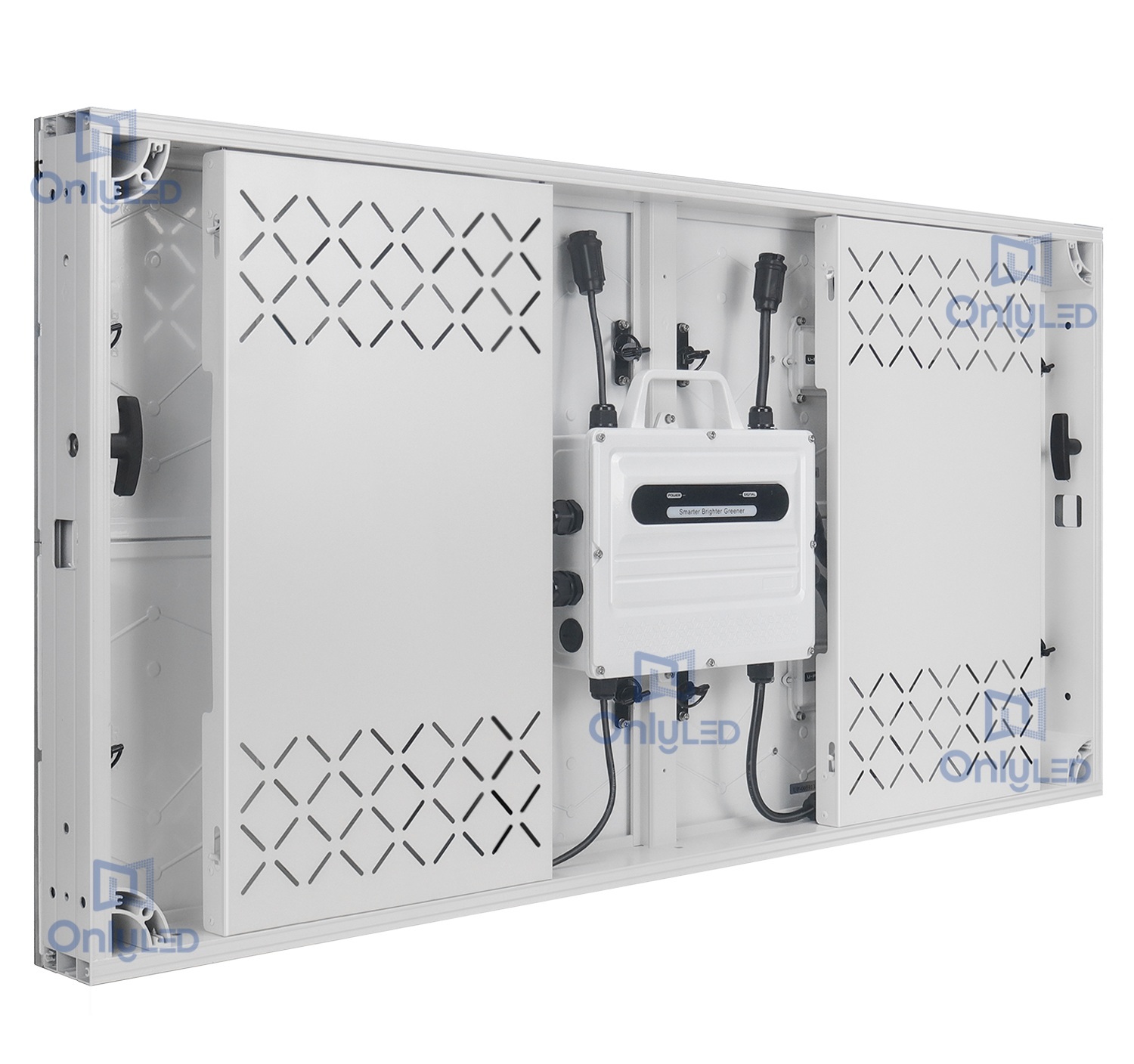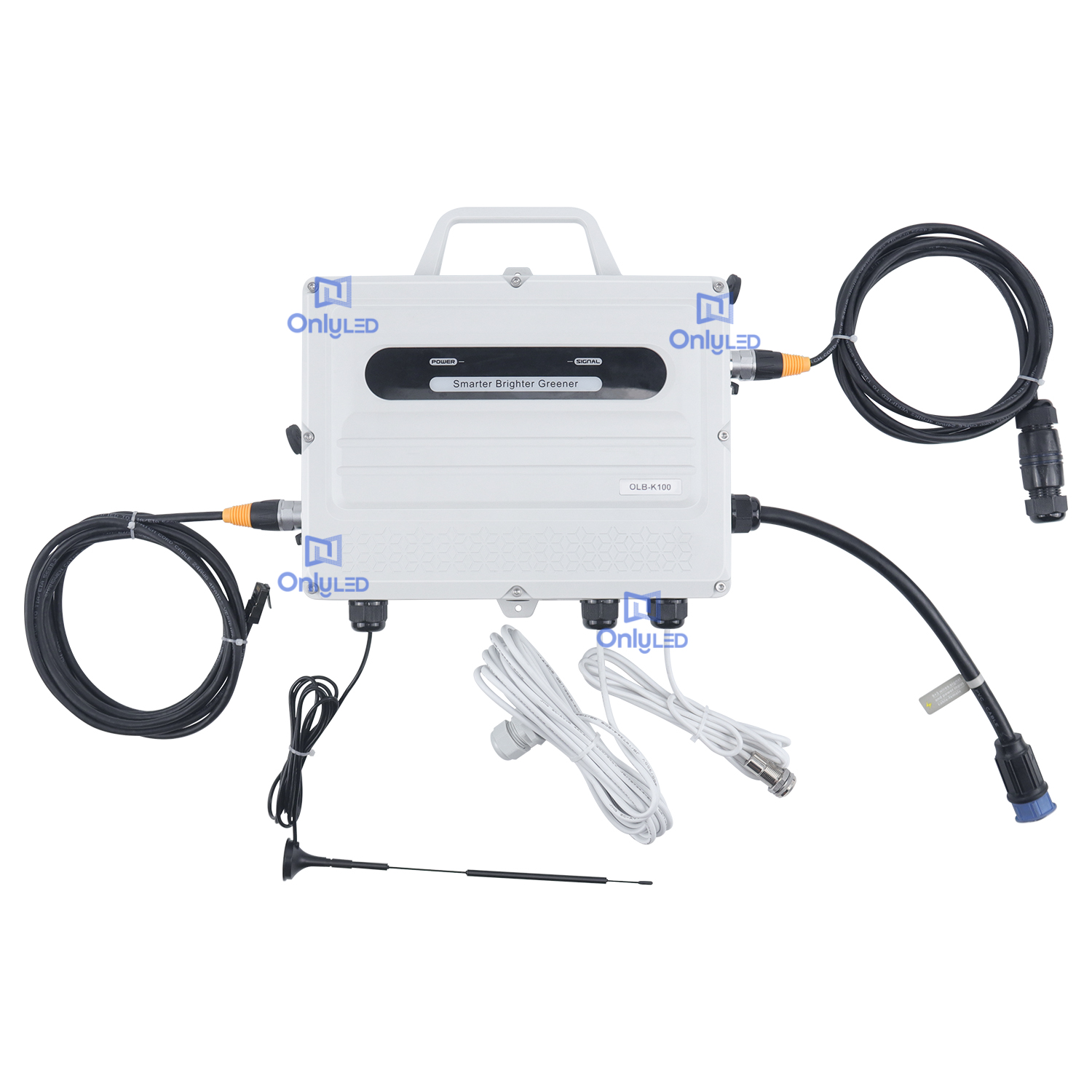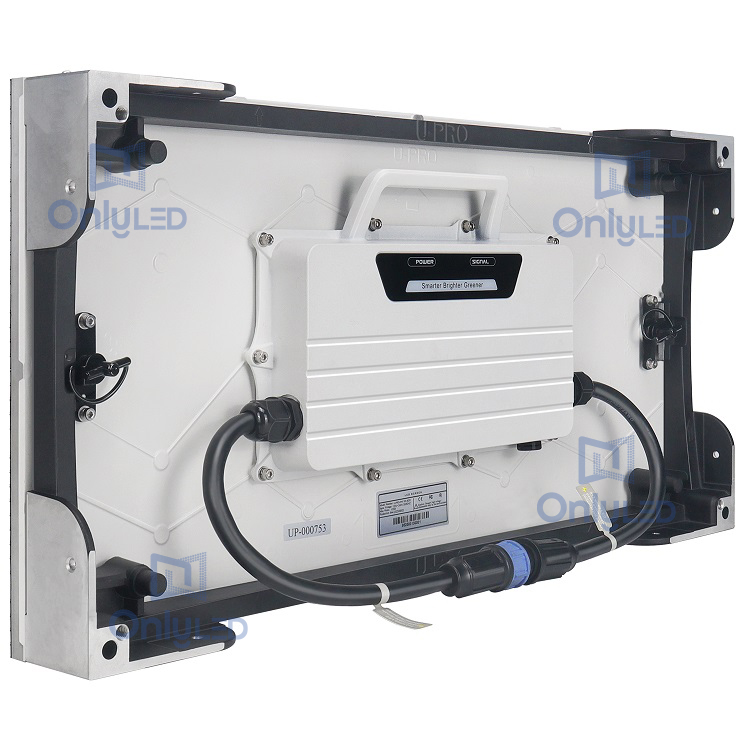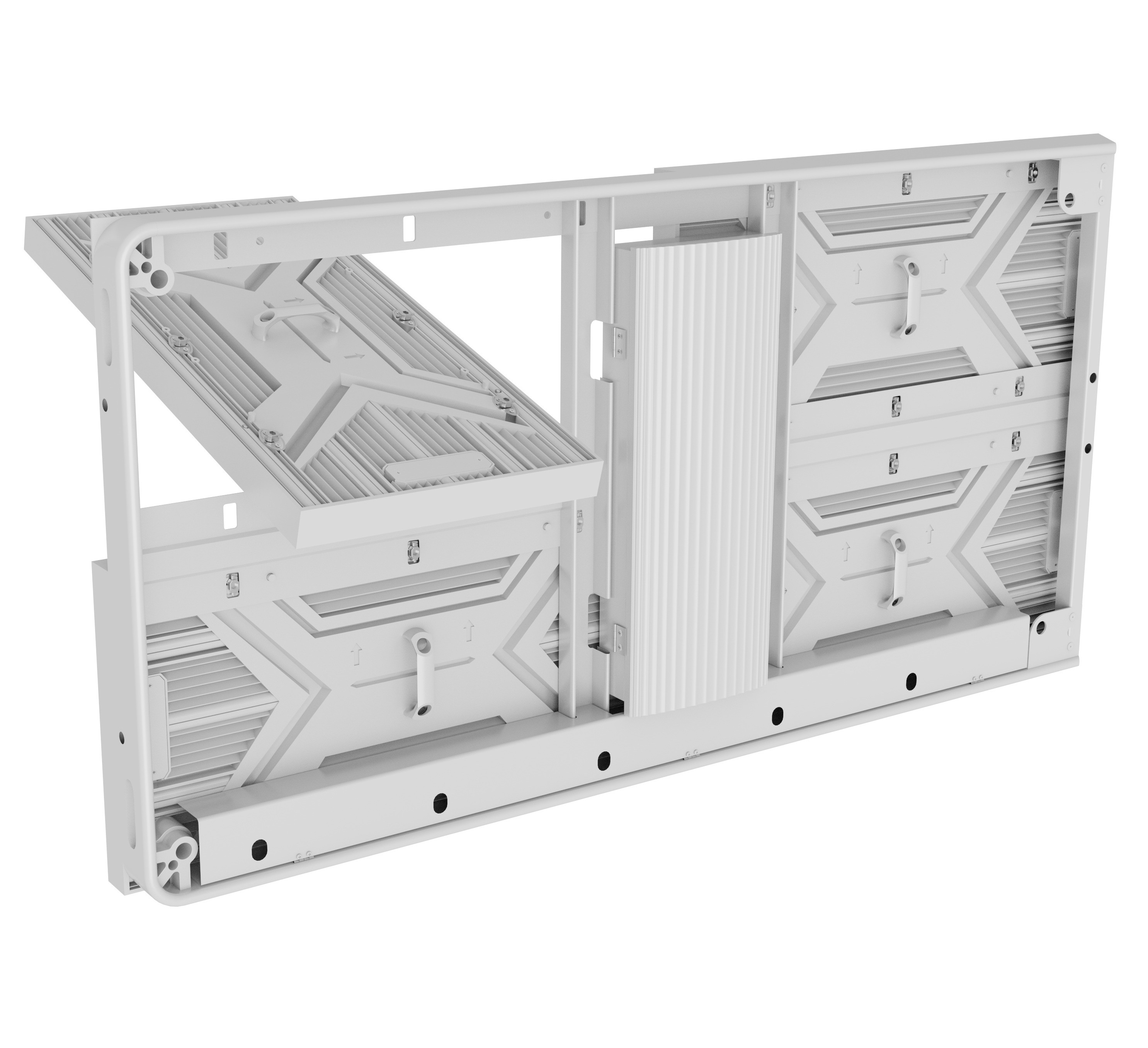Industry News
An In-depth Look into the Differences and Advancements

In this article, we will delve into a detailed comparison and analysis of the performance of indoor full-color LED screens. LED technology has revolutionized the display industry, and it is crucial to understand and evaluate the capabilities of these screens thoroughly. With advancements in technology, the market offers a wide range of options, making it essential to make an informed decision. We will explore the key aspects, advantages, and limitations of LED indoor full-color screens.
1. Display Quality
The display quality is a critical factor when comparing LED indoor full-color screens. The advancements in LED technology have greatly enhanced the image and video quality, offering a stunning visual experience. The high resolution, color saturation, and contrast ratio contribute to sharp and vibrant imagery, suitable for various applications including advertising, sports events, and entertainment.
Additionally, the ability to achieve true black and high grayscale levels ensures excellent performance in low-light environments. This is especially important for indoor applications where dimly lit spaces are involved, guaranteeing optimal visibility and clarity.
2. Energy Efficiency
Energy efficiency is another significant advantage of LED indoor full-color screens. Compared to traditional display technologies such as LCD, LED screens consume much less power. This not only reduces electricity costs but also minimizes the impact on the environment, making them a sustainable choice.
The use of light-emitting diodes allows for higher energy efficiency as LED screens emit light directly without the need for additional backlighting. Moreover, the screens are designed with advanced power-saving features, such as automatic brightness adjustment, to optimize energy consumption based on ambient lighting conditions.
3. Durability and Lifespan
LED indoor full-color screens are renowned for their durability and long lifespan. The screens are specifically designed to withstand various environmental conditions and offer excellent resistance to factors such as moisture, dust, and temperature fluctuations. This makes them ideal for indoor settings where reliability is paramount.
LED screens have an average lifespan of more than 100,000 hours, ensuring years of uninterrupted performance with minimal maintenance. The robustness of the screens also minimizes the risks of image degradation, color shifting, or flickering, providing a seamless and reliable viewing experience.
Conclusion
In conclusion, the performance of LED indoor full-color screens surpasses traditional display technologies in terms of display quality, energy efficiency, and durability. The advancements in LED technology have led to remarkable improvements in image and video quality, while also being environmentally friendly. With their extended lifespan and minimal maintenance requirements, LED screens offer long-term cost-effectiveness. Overall, LED indoor full-color screens are an ideal choice for applications that require high-quality visuals and reliability, making them a versatile and powerful display solution.




